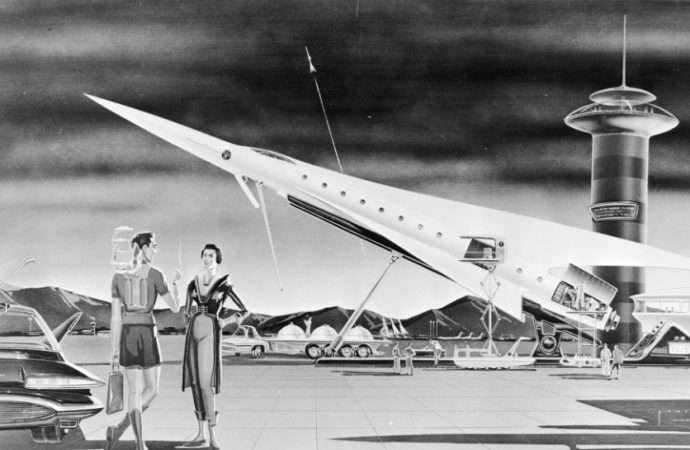The Journal of Propulsion and Power, a peer-reviewed journal published by American Institute of Aeronautics and Astronautics (AIAA), published a paper this week asserting that radio frequency cavity thrusters such as the electromagnetic thruster, or EmDrive, are theoretically viable.
The possibility of an EmDrive, which provides thrust by containing electromagnetic radiation within a closed microwave cavity, was first presented by British scientist Roger Shawyer in 1999, according to Science Alert. However, Shawyer has faced considerable skepticism and criticism because his theoretical rocket thruster, which would neither require propellent fuel nor produce exhaust, violates a fundamental law of physics.
Newton’s Third Law of Physics states, “To each action there’s an equal and opposite reaction.”
“But there’s the problem – ‘an equal and opposite reaction’ means something needs to be pushed out the back of propulsion system in order for it to move forwards, and the EMDrive doesn’t have an exhaust,” Science Alert explains.
Despite this theoretical quandary, NASA and other space agencies and research facilities have been conducting experiments with an eye towards constructing a functional EmDrive thruster.
Shawyer’s ideas first attracted the attention of scientists in China.
“A Chinese team led by Prof Yang at Xi’an Northwestern Polytechnic took up the challenge in 2008,” David Hambling writes in a Popular Mechanics article that provides a brief history of EmDrive development. “They published a series of theoretical and experimental papers, and by 2012 claimed to have produced a device producing a few ounces of thrust for a few kilowatts of input, comparable to conventional ion thrusters.”
NASA reported similar positive results from experiments it performed in August of 2013.
However, several scientists still doubted the results and raised questions about the methods employed in the research.
“Martin Tajmar, a physicist at the Dresden University of Technology, investigated the effect in 2015,” Hambling writes. “Previously Tajmar had shown that claims that of ‘electrostatic torque’—the twisting force supposed to occur between charged spheres, was actually caused by the experimental setup, and that the alleged ‘gravitational shielding’ was really due to an error in a gyroscope. Yet when Tajmar built his own EmDrive, he was surprised to find that it really did appear to produce thrust.”
Tajmar could not identify any potential experimental errors that might have caused the positive results he found.
In April, The International Business Times reported that NASA scientists at the Advanced Propulsion Physics Laboratory (also known as Eagleworks lab) at NASA’s Johnson Space Center performed tests on an EmDrive prototype submitted for study. Those tests, too, yielded surprising results.
“Thrust measurements of the EmDrive defy classical physics’ expectations that such a closed [microwave] cavity should be unusable for space propulsion because of the law of conservation of momentum,” The International Business Times quoted José Rodal, Jeremiah Mullikin, and Noel Munson from a post on the NASA Spaceflight website.
Those results led to an announcement in August that the Eagleworks EmDrive research would be published by The Journal of Propulsion and Power, with the paper being titled “Measurement of Impulsive Thrust from a Closed Radio-Frequency Cavity in Vacuum.”
The paper is now available online.
The following month, in September, Cannae Inc. CEO Guido Fetta announced his company would be sending a Cannae Drive into outer space, according to Hambling’s Popular Mechanics article. The Cannae Drive is the company’s version of a reactionless thruster.
While passing peer review is an important step in gaining reputability within the scientific community, it still does not necessarily prove that a thesis or theory is true.
“[T]he peer-review process usually means that an independent panel of experts reviewed the work and determined that it is sufficient to merit further consideration,” Matt Williams writes in a post for Universe Today. “It does not mean the conclusions reached are correct, or that they won’t be subject to contradiction by follow-up investigations.”
Williams is right to point out that questions remain and that future studies could contradict any current findings. After all, if the EmDrive works it will contradict some long-held foundations of physics.
One thing is for certain, after passing peer review, EmDrive technology is going to be getting a whole lot more attention.
Source: Inquisitor

































Leave a Comment
You must be logged in to post a comment.